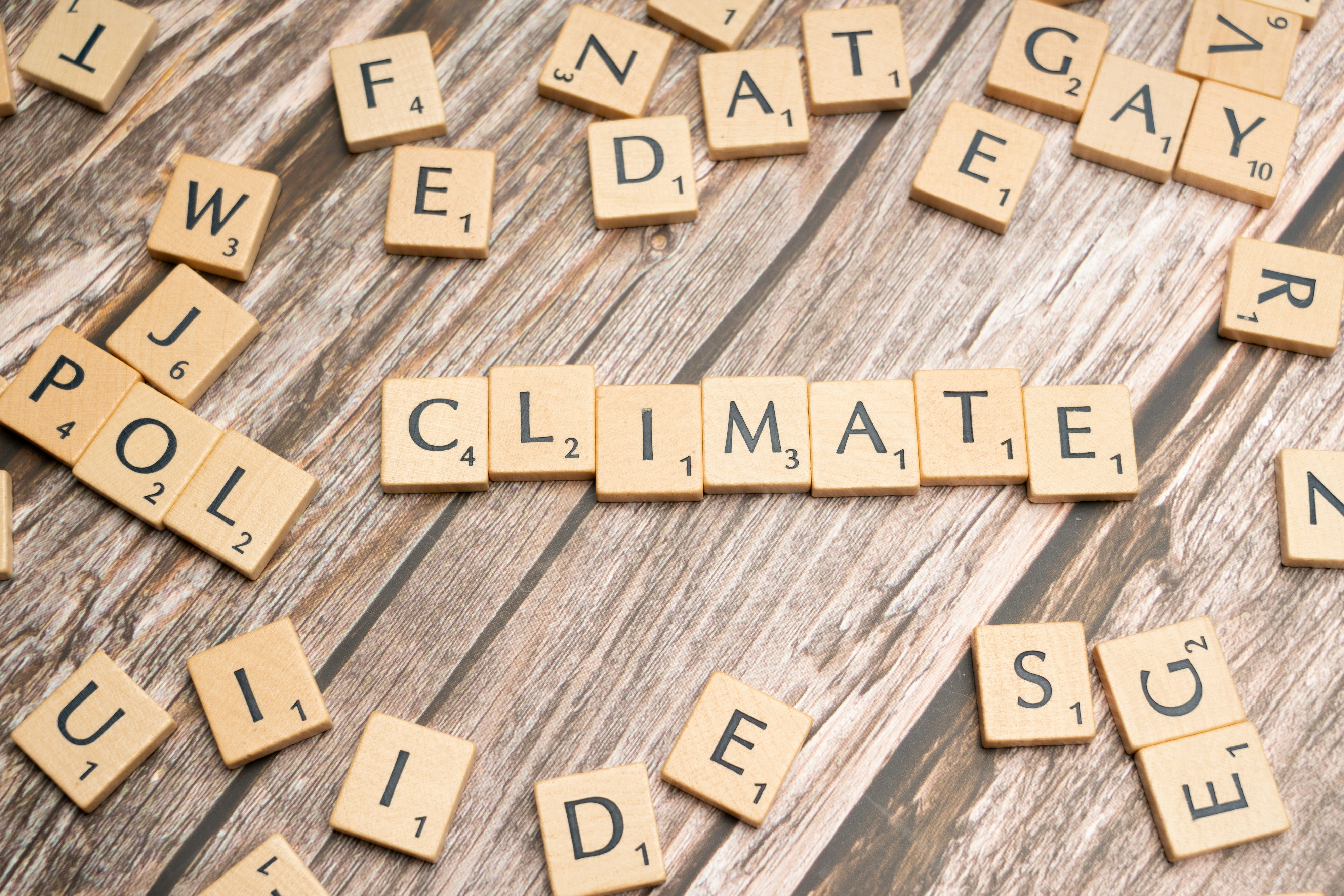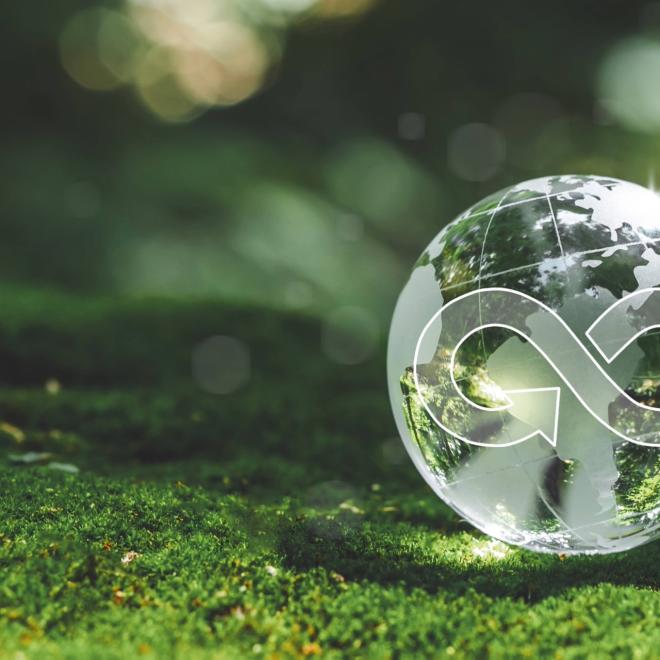Commentary
Let’s Give Love to Mother Nature

This is one in a continuing series of educational columns about fostering environmental stewardship and leadership coordinated by ACES — The Alliance of Climate and Environmental Stewards.
In the seventies, after many decades of cover-up, the magnitude of accumulating industrial toxic waste became impossible to hide as high levels of poisonous fumes and liquid waste seeped from landfills, fouling our air and poisoning our drinking water, while mounds of plastic and everyday human trash washed up onto our beaches and piled up along roadsides. On August 1, 1978, the problem exploded into public awareness with The New York Times headlines revealing an EPA report declaring residents of Love Canal, Niagara Falls, NY, as victims of chemical toxins at a site labeled as "quite simply one of the most appalling environmental tragedies in American history."
The Love Canal housing development was built on an industrial hazardous waste dump site previously owned and operated by Hooker Chemical Company. In 1953, Hooker covered the site with earth, declared it safe, and sold it to the city of Niagara Falls for one dollar. In the late 1950s, the site was developed as affordable working-class housing and included one hundred units and one school. The Love Canal dream development soon became the poster child of the horrors of industrial waste pollution as inhabitants developed cancers, various skin and respiratory maladies, and suffered horrible birth defects and miscarriages. Fast upon the heels of The New York Times reporting, President Carter declared Love Canal a national disaster. In December 1980, Congress followed by enacting the Comprehensive Environmental Response, Compensation, and Liability Act (CERCLA), aka the Superfund Act. The town of Niagara Falls and the EPA filed suits against Hooker, which settled for $98 million and another $129 million settlement to the EPA. Justice, to some small extent, prevailed. Kudos to The New York Times, the EPA, President Carter, and the U.S. Congress’s actions. However, the story’s heroes are the Love Canal residents whose organized, tenacious, and unrelenting pressure gained the EPA's attention.
A similar scenario unraveled in 1996 when, in the town of Hinckley, CA, the never-quit clerk of movie fame, Erin Brockovich, brought a suit against Pacific Gas and Electric (PG&E), accusing PG&E of knowingly poisoning the town's water with the carcinogen hexavalent chromium. In this David & Goliath legal battle, David won! PG&E settled for $333 million—up to that time, the largest direct-action lawsuit settlement ever paid in the USA. Hinckley’s lesson? Well-organized local action gets governmental action and legislative remedy.
Since Hinckley, other self-inflicted wounds have joined the list: the innumerable impacts of climate change; massive habitat and biodiversity losses; waves of plastic waste pollution in our waters, lands, and bodies; and now the dramatic weakening of our democratic protective institutions. These four horsemen of the Apocalypse rise to put us on notice. But we are not unarmed. Love Canal and Hinckley, and all that has happened between and since, are a compendium of lessons to learn and remember. With a case-by-case approach, the problem is unsolvable. The solution requires correction at the source—examining our assumption that humans were put here in dominion over nature.
Prudence suggests consultation with Indigenous neighbors who live on every watershed within our Gulf of Maine bioregion and whose ancestry reaches back ten thousand years. Over that time, they got it right! In 400 years or so, we brought it to near collapse. We might ask them, “How did your people do it?” Possibly, by having respect for the environment—Mother Nature—as they did, the answers will follow, and thereby, so will solutions. Combining the best of Indigenous wisdom with the best of our science could pave the path to harmony. This requires some humility, listening, and learning. Yes, this is a big idea. But so is the big problem we face. Should we face this big problem with a small idea?
If we begin with our own communities, collaboratively, and build out from there, we can make a difference. "What is not started today is never finished tomorrow." —Johann Wolfgang Goethe.
John Terry is the President of the Gulf of Maine Institute and may be contacted at jterry4@mac.com.
ACES believes we can make a BIG difference together. Team members invite you to stay updated on environmental matters by subscribing to our monthly newsletter via the “Join Our List” link on this page. Please consider joining our community of stewards who are committed to Make Every Day Earth Day by contacting acesnewburyport@gmail.com.
This educational column first appeared in The Daily News of Newburyport on February 14, 2025.
.svg)




